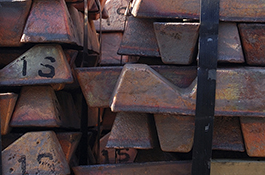
Non-Destructive Testing (NDT)
Capabilities
Related services & technologies
Technical papers
Presented at Copper 2022 - November 13-17, 2022 - Santiago, Chile
Predictive furnace refractory maintenance procedures to extend campaign life and reduce waste
Presented at 61st Annual Conference of Metallurgists (COM 2022) - August 21-24, 2022 - Montreal, Quebec, Canada
预测高炉重新划线时机
5th European Steel Technology and Application Days (ESTAD) conference on September 2, 2021.
All Technical Papers
News
Hatch takes home top prize at the Canadian Consulting Engineering Awards
Friday, October 20, 2023






